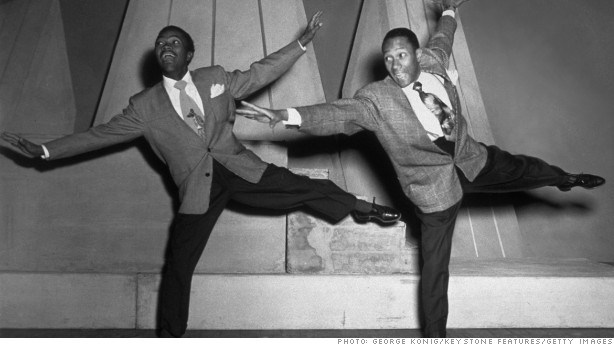Pull out the list of the “most innovative companies” from your favorite business magazine. With the exception of their brand recognition, which is the entry fee for these beauty pageants, they have few innovation practices in common that would distinguish them from the rest of the rabble, whether it’s unique strategies, unusual financing, or novel ways of hiring and staffing.
The fact is that one size never fits all. What makes innovation companies unique is, well, unique. They are highly adapted for their specific situation.
Corporations spend billions of dollars on innovation training every year. Take a close look at popular leading innovation programs, and you are likely to find a wide array of distinct subjects and approaches.
While important, the problem is that these subjects don’t get at the real issue that stops companies from innovating. Connecting the dots makes innovation functional.
Unlike most other forms of value, innovation doesn’t belong to any one department, discipline, or region. Ask leaders in five different divisions of your company what innovation is and how it happens, and it will become clear that they are not talking about the same thing. You might have tremendous research and development, marketing, and logistics innovation and still fail miserably in the marketplace where these individual departmental functions are of no consequence.
Consider the 2010 BusinessWeek innovation survey of thousands of senior leaders in dozens of countries. It identified the following as the greatest challenges to making innovation happen at their companies: lengthy development times, lack of coordination, risk-averse culture, and limited customer insight.
Ironically, during the worst recession in nearly a century, money wasn’t among the top barriers. Similarly, strategy, technology, and competence, the usual excuses for a lack of innovation, were not among the main concerns of these executives. Instead, the primary challenges are essentially leadership issues of coordinating and integrating innovation throughout the enterprise and beyond.
Innovation needs to seamlessly sync up across a labyrinth of boundaries and barriers. In fact, when it’s isolated it often becomes an orphan with little ability to find a home where it can grow. While large organizations are designed to compartmentalize functions to optimize efficiency, the coffee shop across the street isn’t. That’s partially why inventive work gets done there. It’s not just under the corporate radar, it’s beyond it.
The larger the company, the deeper the orthodoxy. Leaders of complex organizations tend to surround themselves with like-minded people, which reinforces conventional approaches. At every stage in the life of a new idea or initiative, compliance crushes dissent.
So, what do you do with this? Reverse your field. Start your innovation in the coffee shop and work your way back to the company.
Launch your innovation projects off Broadway, far away from the watchful eye of critics. Don’t fail in front of your most important clientele. Instead, find your own New Haven or Buffalo where you can work on getting your show right before you open in your most important venue.
Remember, innovation is a game of attrition. Every venture capitalist knows that you take multiple shots at a goal because you never know what project is going to score and what isn’t until you take the shot. It has nothing to do with making things amazingly new.
View your company’s performance on a bell curve and start at the tails, where crisis or outstanding performance prevails. These are the places outside the norm where the risk of innovating and the reward of keeping things the same are reversed.
You can find helpful examples of what it means to develop innovation at companies among the finalists and winners of the MIX’s Innovating Innovation Challenge.
Jeff DeGraff is management professor at the Ross School of Business at the University of Michigan.
